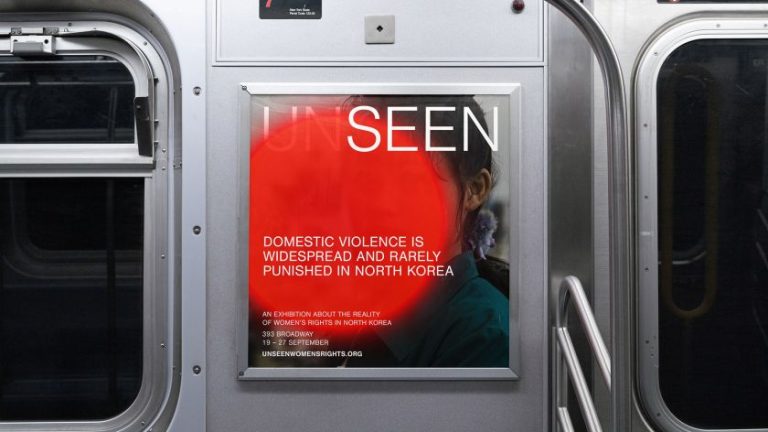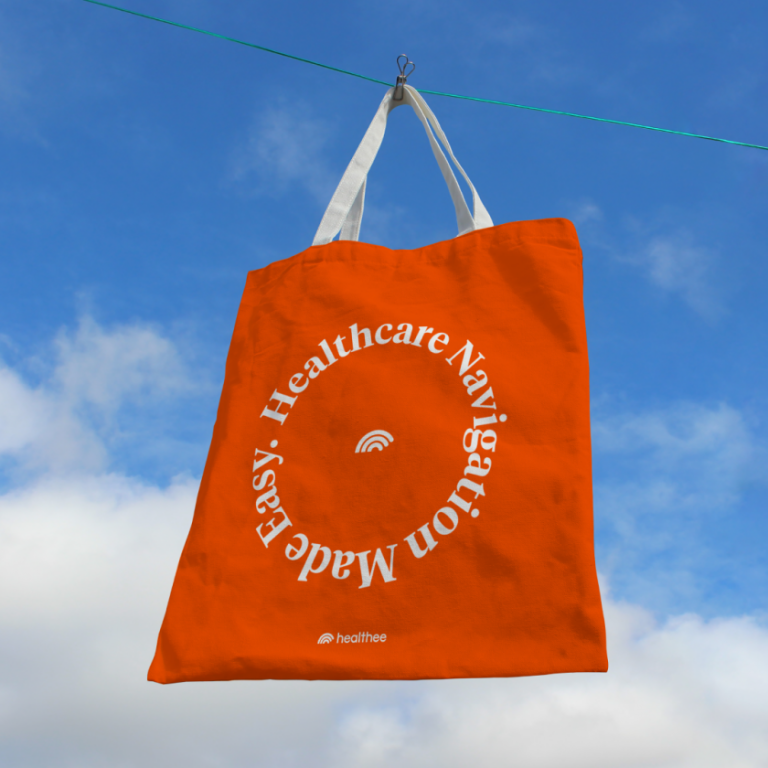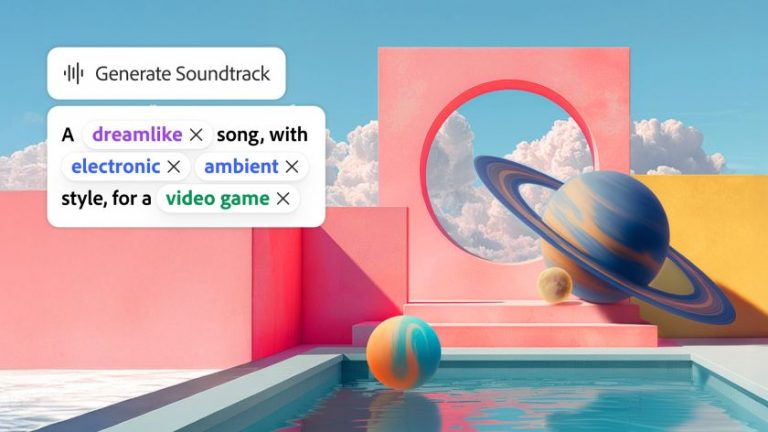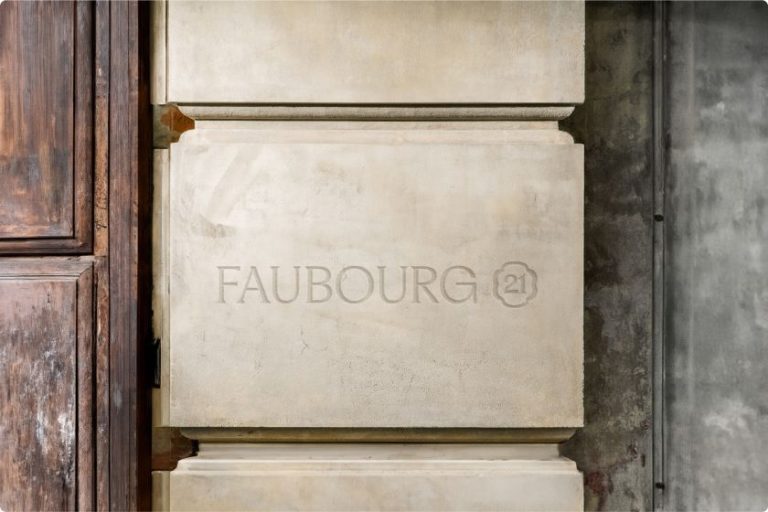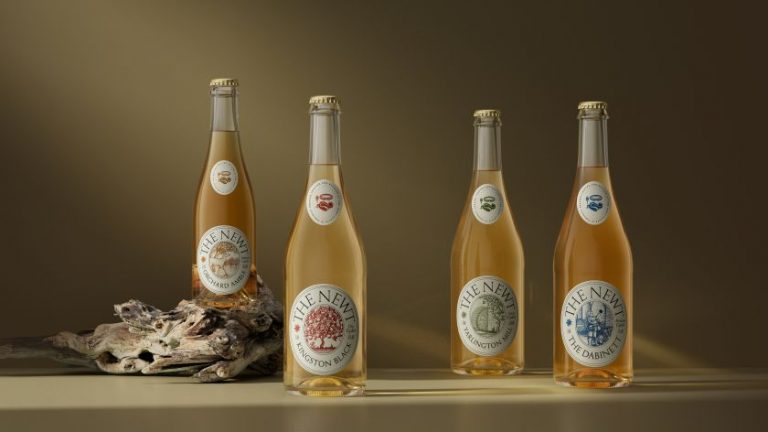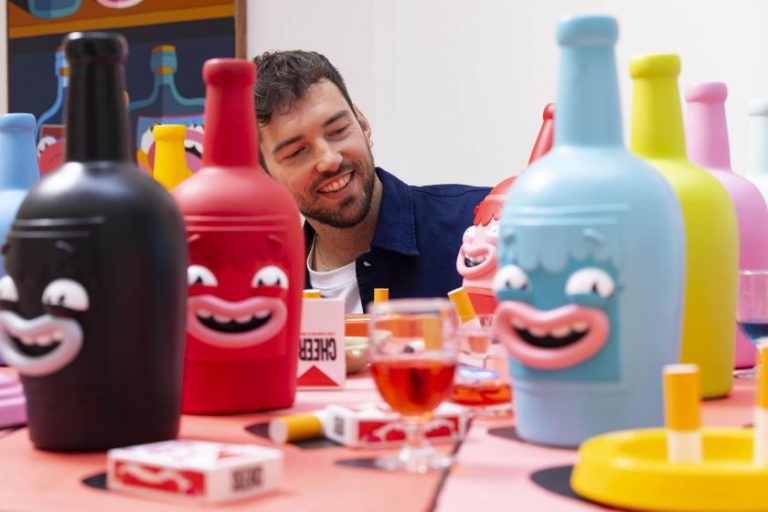Contemporary London-based artist Ant Hamlyn is back with a new solo show at Berlin’s Weserhalle art gallery. Called Terrarium, it features fabric flowers pressed behind Perspex in a moving meditation on permanence.
It’s impossible not to be captivated by the works of Ant Hamlyn. We’ve previously seen how his flower sculptures have reflected on memories, magic and mythology, and now he’s taken these themes one step further with Terrarium, a new exhibition which runs at Weserhalle until 13 April.
The pieces in this show feature miniature worlds of hand-sewn flowers in corked glass jars, inspired by the accidental Victorian discovery of terrariums. Ant creates a sense of attraction and repulsion with these works as the flowers wrestle with their confines. Paused in motion, they appear to be both at home in their sealed bottles while simultaneously straining to break free at any moment.
This push and pull speaks to a broader human desire to preserve beauty. Whether by chilling, salting, pressing or pickling, people have long wanted to take something at the peak of its existence and save it for prosperity. Yet, in doing so, the essence and spirit of the object are often lost in the process.
“To press pause on perfection is an endeavour of human desire that unrelenting persists,” says Weserhalle’s Olivia Rumsey. “The problem with preservation is that in pursuing it, we can alter what we seek to capture, turning it sickeningly sweet or salty with brine. Retaining its condition at the cost of its presence, beyond touch or smell, held apart from us to maintain its perfection.”
These ideas can clearly be seen in the meticulously sewn succulents, fungi and flowers. Pressing up against one another and the walls of their glass homes, these synthetic plants appear both alive and artificial at the same time, their beauty equally present and also lost. It’s an idea that was excellently realised not just in its subject matter but also in Ant’s choice of materials.
“In one work, a collection of carnivorous plants push back at their encasement,” adds Olivia. “Flytraps are pinned at their most animated and vulnerable. Mouths perpetually a-jar in an uncanny stillness. Behind the Perspex, the texturally complex work is held back from touch.
“Sharp cactus spines made of wooden sticks protrude from the sewn forms, but the threat of their spikes is dulled behind the screen. These contrasts are ever-present in Hamlyn’s work, spikey and smooth, joyful and morbid, the garish colour of PVC against the seductive quality of velvet.”
Adding to this sense of cute unease is the composition. The hand-sewn flowers are safely stuffed away, but that doesn’t stop the odd leaf or petal poking out from behind their encasement. Perhaps a suggestion that even the best efforts to preserve beauty are also doomed to fail?
Along with exploring terrariums as domestic objects, the works in this exhibition also tap into themes of temporality. “Preservation, the action of pause, makes the presence of time even more persistent,” Olivia concludes. “In refusing mortality, the ever-looming threat of death presses closer.
“The works encapsulate the human need to keep things, maintain beauty, and halt the passing of time. Hamlyn’s bright fabrics create a cheerful façade underpinned by a longing for a moment that doesn’t exist.”

